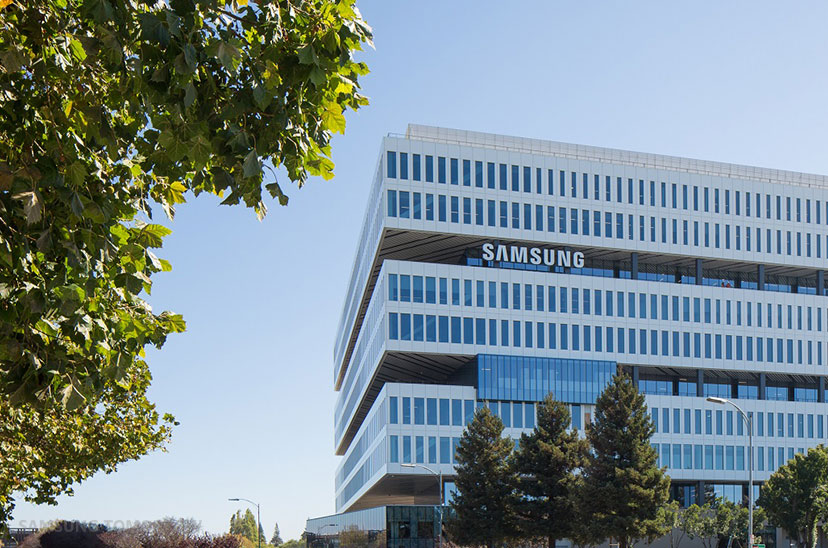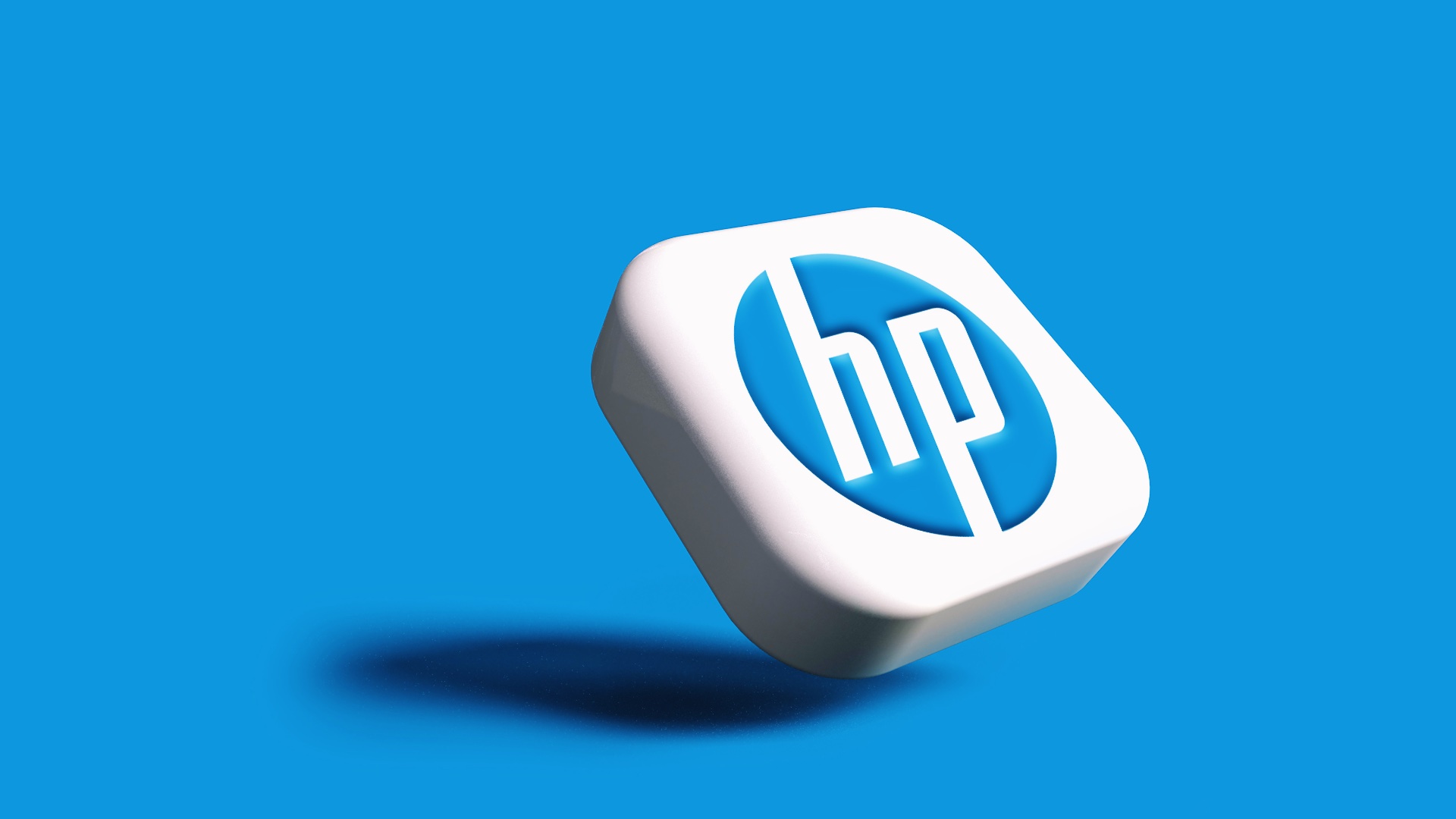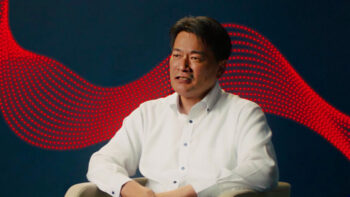Samsung Electronics announces its biggest quarterly profit in more than three years. This signals that the DRAM and NAND memory market is regaining momentum – although paradoxically not thanks to the most advanced AI chips, but conventional memory, whose global shortages are driving up prices. According to the company’s estimates, operating profit for the third quarter reached 12.1 trillion won (approximately US$8.5 billion), 32% higher than a year earlier. This is Samsung’s best result in 13 quarters – and a strong rebound after a period of price collapse in the chip industry.
However, this rebound has its heroes – and they are not the HBM chips that are generating the most excitement in the AI sector today. As analysts at NH Investment & Securities point out, classic memory chips, used in AI servers and data centres, have played a key role. Their prices – according to TrendForce – rose by up to 171% year-on-year in the third quarter. The reason? Manufacturers focused on HBM and reduced production of standard dice, extending the supply shortage.
This paradoxical trend has been compounded by a global acceleration of investment in AI infrastructure: hyperscalers like Microsoft, Google and Meta are building GPU farms on a massive scale, but still need huge volumes of classic DRAM and NAND for servers, caching layers and operating systems. Samsung – the largest supplier of these components – has capitalised on its volume strength.
Despite this, competition is increasingly ruthless. SK Hynix has snatched the DRAM market leadership from the Koreans, becoming a key supplier of HBM memory to Nvidia. Micron is also consolidating its position in the AI segment. Samsung is lagging behind in premium segments, and its exposure to the Chinese market – subject to export restrictions on advanced chips – is limiting sales opportunities.
Investors, however, are responding enthusiastically. The company’s shares have risen 79% since the beginning of the year, reaching their highest level since 2021. The market is betting that Samsung will gradually close the technology gap, particularly with its next-generation HBM4 memory, which the company is working on intensively with key customers in the US, according to Morgan Stanley. Commercial deployment is scheduled for 2026.
However, the market remains marked by geopolitical risks. Potential US tariffs, an escalating trade war with China and Chinese export controls on rare earths could again disrupt supply chains. Today, Samsung benefits from shortages – tomorrow it could face oversupply if the AI market slows down or regulatory pressures emerge.
Samsung therefore faces a rare dilemma: record results are a fact, but its foundation – conventional memory – remains a low-tech prestige segment. Is this a temporary surge or the beginning of a new equilibrium in the AI era?
The answer will come when the market verifies who will deliver the next generation of memory for GPT-6 models, not smartphones. Samsung will show detailed results on 30 October. The key question is no longer ‘if’, but ‘how fast’ it will approach Nvidia and SK Hynix in the crucial AI race.












